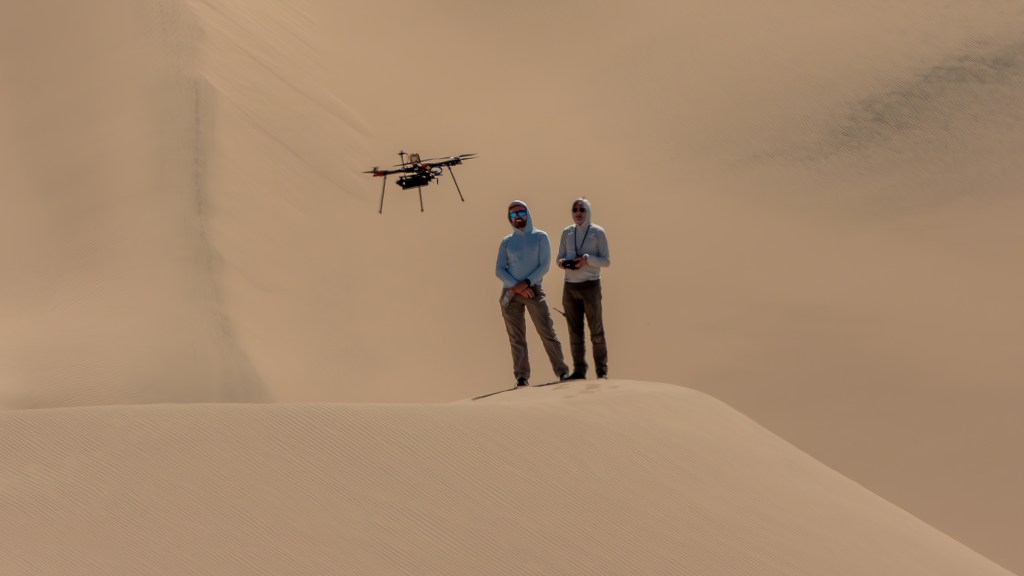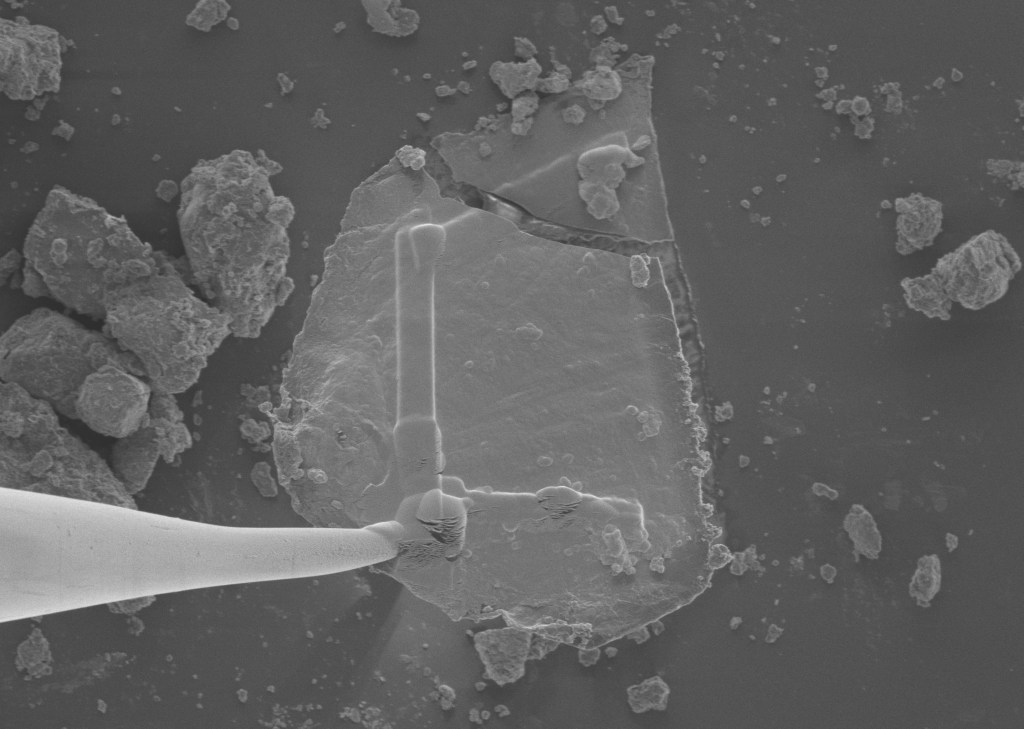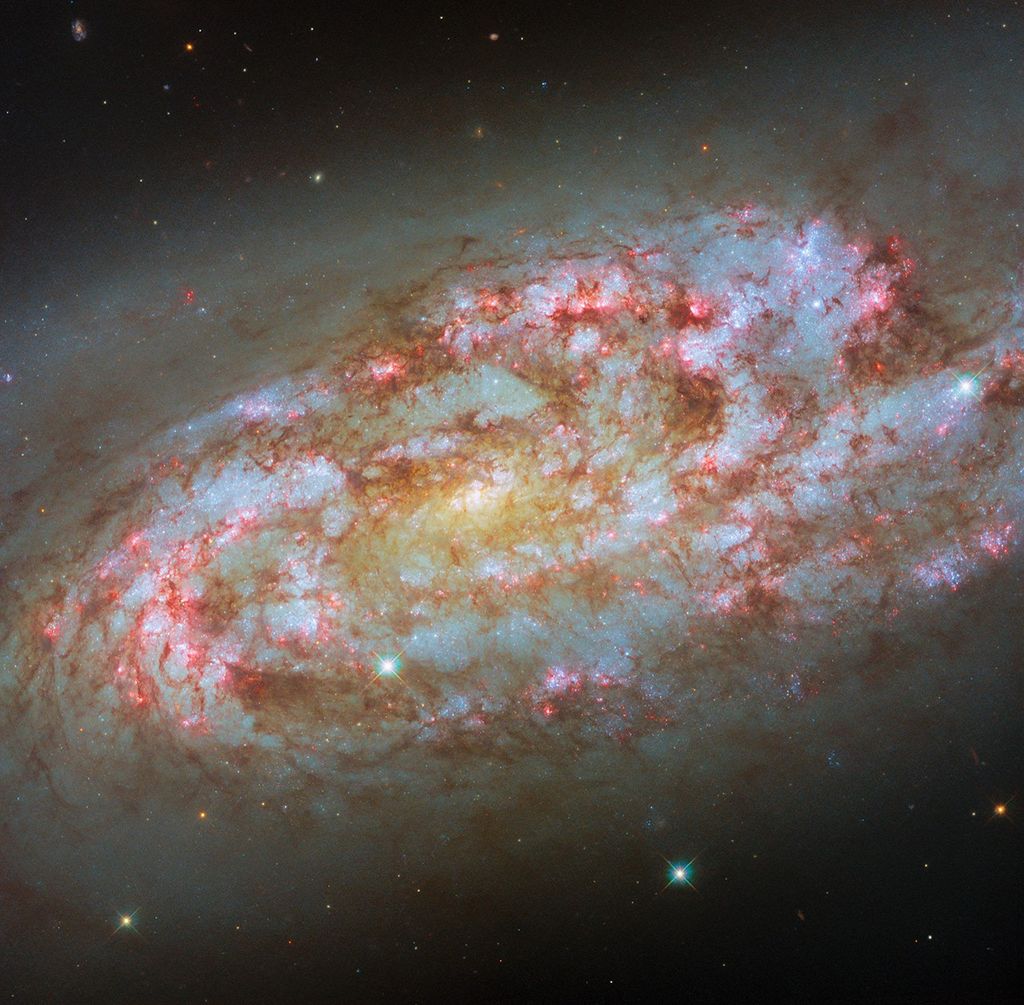Aditi Ratnaparkhi’s aerospace journey began as a young girl with a newspaper and a handwritten letter to an astronaut. It continues today with her work to build Gateway, humanity’s first space station in lunar orbit.
She vividly remembers the day when, as a young girl growing up in Pune, India, her mother handed her a copy of the local newspaper. A photo of astronaut Kalpana Chawla, the first woman of Indian origin to fly to space, was emblazoned on the front page.
Fascinated and inspired by Chawla, she ran to her room to write a letter to her newfound role model. Several weeks later, to her surprise, Ratnaparkhi received a response in the form of a signed portrait of Chawla that said, “Reach for the stars!”.

The signed portrait motivated Ratnaparkhi to pursue her passion for space, but Ratnaparkhi says it was only after Chawla’s death in the Columbia accident that she followed through on a promise to herself to turn her passion into her career. As a young adult, Ratnaparkhi pursued a bachelor’s degree in engineering from the Cummins College of Engineering for Women in Pune before earning a Master of Science in aerospace engineering from the University of Southern California in Los Angeles. She joined Maxar Technologies as a flight software engineer in 2012. A little more than a decade later, Ratnaparkhi is now the deputy systems engineer manager at Maxar for Gateway’s Power and Propulsion Element (PPE), which will make the lunar space station the most powerful solar electric spacecraft ever flown.
“We are taking big steps toward establishing a sustained human presence on the Moon,” said Ratnaparkhi.
NASA is partnering with Maxar Technologies to design and build Gateway’s powerhouse that will provide the space station’s power, thrust, communications, and attitude and orbital control.
“It’s more minds solving the same problem, bringing different perspectives – and that’s awesome,” Ratnaparkhi said of the public-private partnership. “Our story at Maxar is built on our commercial heritage, and PPE plays a big part in that.”
Ratnaparkhi is equally busy outside of work. She enjoys hiking around California, yoga, reading, exploring nature with her 9-year-old son, Aaren, and relishes spending time with her husband, family, and close friends
And she still thinks often about the legacy of her hero, Kalpana Chawla, who once told a young Ratnaparkhi to reach for the stars. She did just that, and now astronauts like Chawla will one day call the lunar space station Ratnaparkhi is helping to build their home.




























